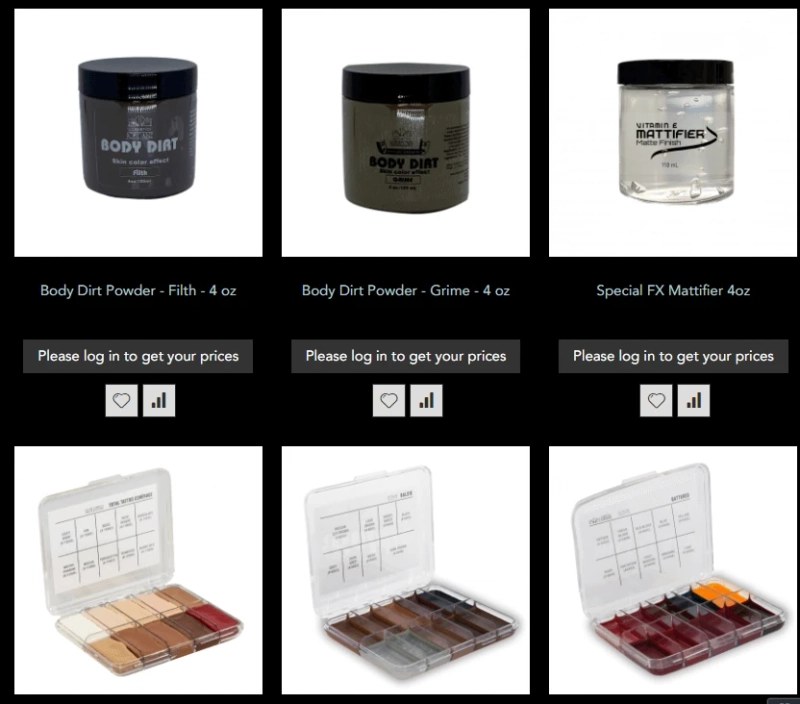Mastering the art of aging with special effects (SFX) makeup is a skill that allows artists to transform actors into older versions of themselves, create characters for stage and screen, or add depth to storytelling through visual cues. Aging makeup techniques can range from subtle changes, like adding a few fine lines, to more dramatic transformations, such as creating deep wrinkles and age spots. Here\'s how you can master the art of aging with SFX makeup supplies:
Understanding Skin Aging
The first step in mastering aging makeup is understanding how skin ages. Aging skin is characterized by wrinkles, sagging, discoloration, and texture changes. These changes occur in different areas of the face and at different rates, depending on various factors including genetics, lifestyle, and environmental exposure. Observing these patterns in real life can provide valuable insights into where and how to apply aging makeup.
Choosing the Right Supplies
The key to convincing aging makeup lies in selecting the appropriate SFX makeup supplies. You\'ll need a range of products, including:
- Cream and Grease Paints: For creating underlying skin tones, shadows, and age spots.
- Liquid Latex: For sagging skin effects and deeper wrinkles.
- Rigid Collodion: For creating fine lines and smaller wrinkles.
- Alcohol-Activated Palettes: For subtle skin discolorations and enhanced realism.
- Powders: To set the makeup and reduce shine, mimicking the drier skin texture of older individuals.
Technique: Layering and Texturing
Aging makeup requires a combination of layering and texturing techniques. Start with a clean, moisturized base, and then:
- Shadowing and Highlighting: Use dark colors to create depth in areas where the skin naturally sags or creases with age, such as nasolabial folds, under the eyes, and the jowls. Highlight areas where the skin remains tighter, like the cheekbones, to create a contrast that mimics the effects of aging.
- Creating Wrinkles: Apply thin layers of liquid latex for deeper wrinkles, allowing each layer to dry before adding another. Use a hairdryer to speed up the drying process if necessary. For fine lines, draw them on with a fine brush and rigid collodion, which shrinks as it dries, creating a puckered effect.
- Adding Texture and Color: Older skin has more texture and variation in color. Use stipple sponges with lighter and darker shades to create an uneven skin tone, and add age spots with a fine brush.
- Setting the Makeup: Aged skin tends to be drier, so finish with a translucent powder to set the makeup and reduce any unnatural shine.
Practice and Patience
Achieving realistic aging effects with makeup requires practice, patience, and a keen eye for detail. Experiment with different products and techniques to see what works best for the specific age and character you\'re trying to portray. Photographs of aging faces can serve as references to understand the patterns and textures of aging skin.
Final Touches
Remember, aging makeup isn\'t just about adding lines and wrinkles; it\'s about telling a story through a character\'s appearance. Accessories like wigs or altering the eyebrow shape can further enhance the believability of the aged appearance. The goal is to create a cohesive look that convinces the audience of the character’s life experiences and passage of time.
Mastering the art of aging with SFX makeup is a valuable skill in the arsenal of any makeup artist. With the right supplies, techniques, and a detailed understanding of the aging process, you can create stunningly realistic transformations that captivate and tell compelling stories.



